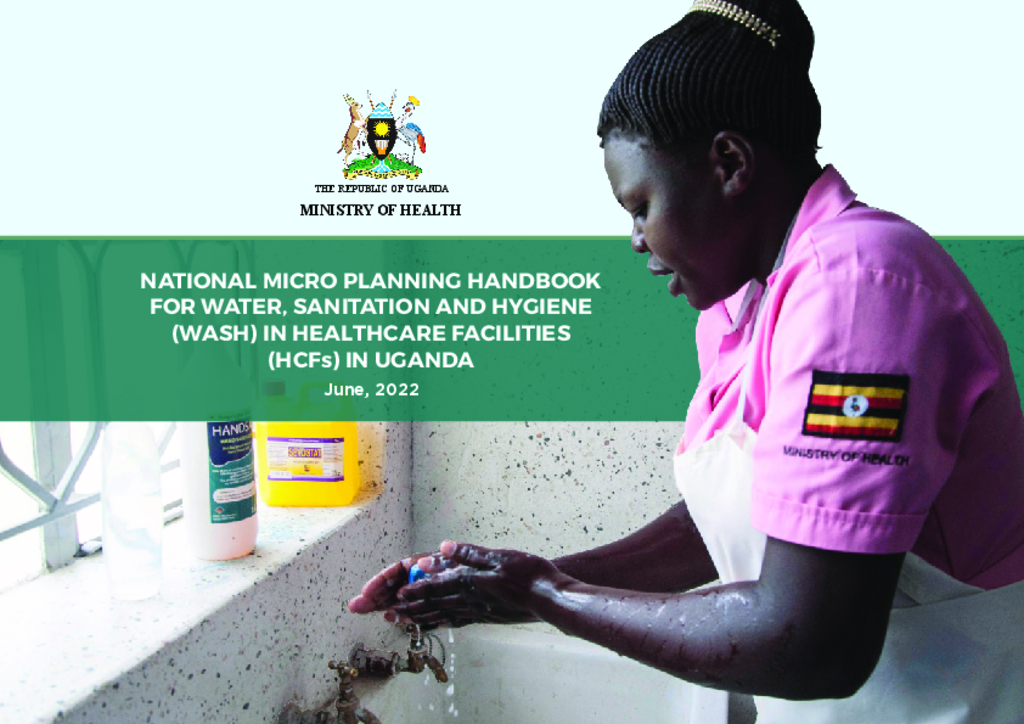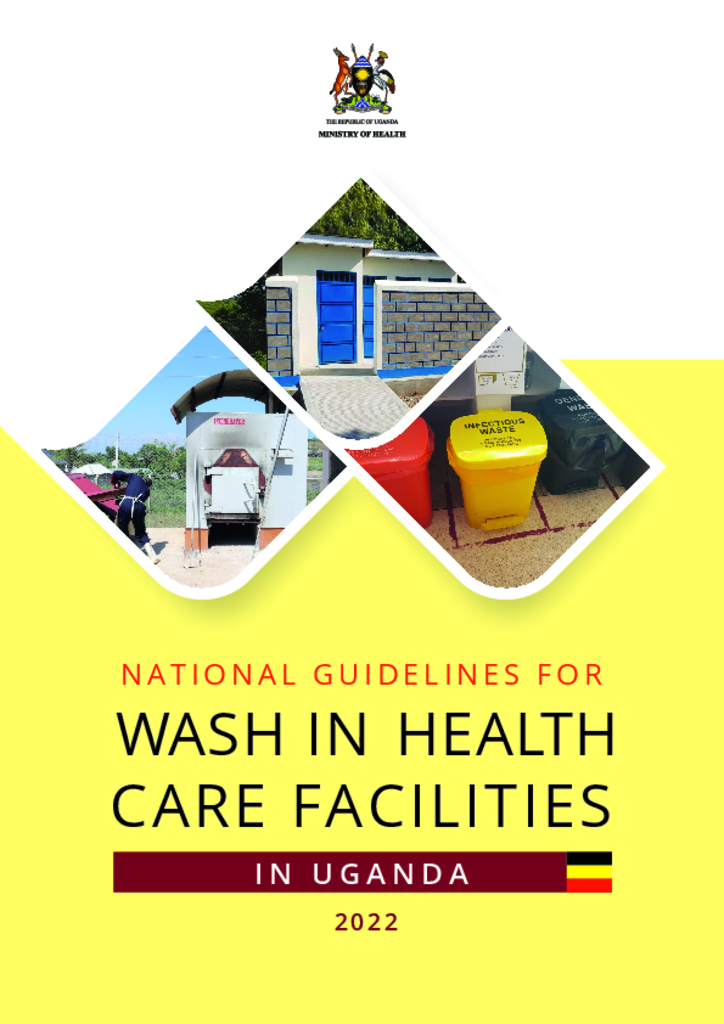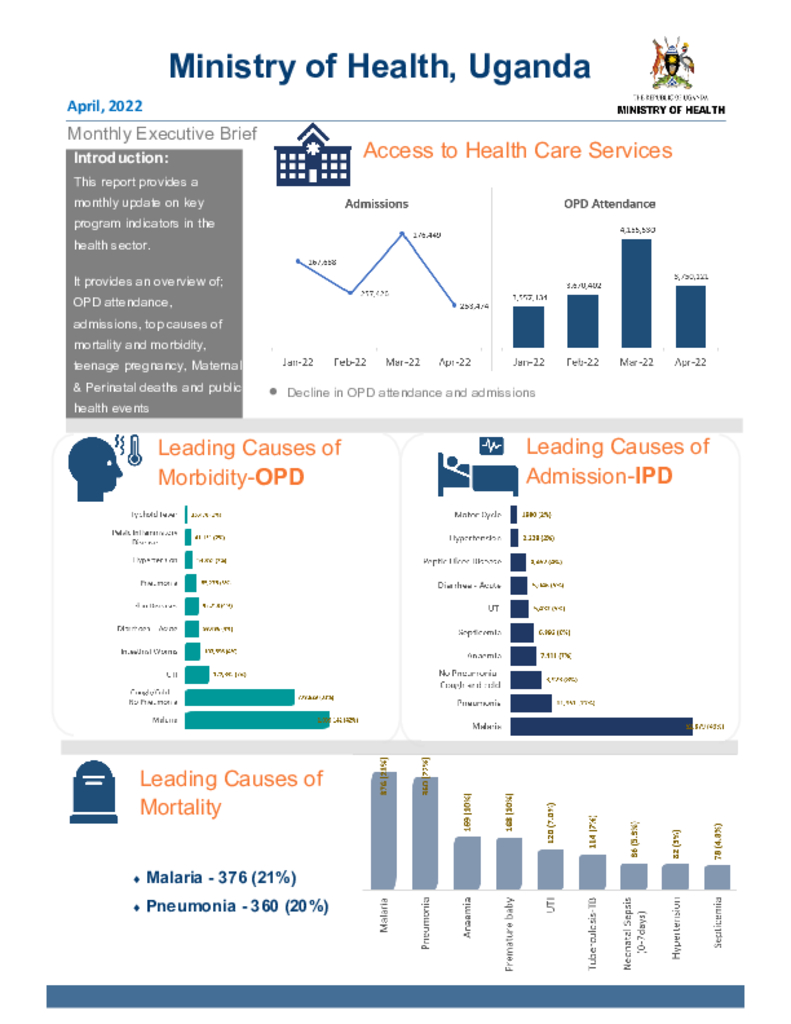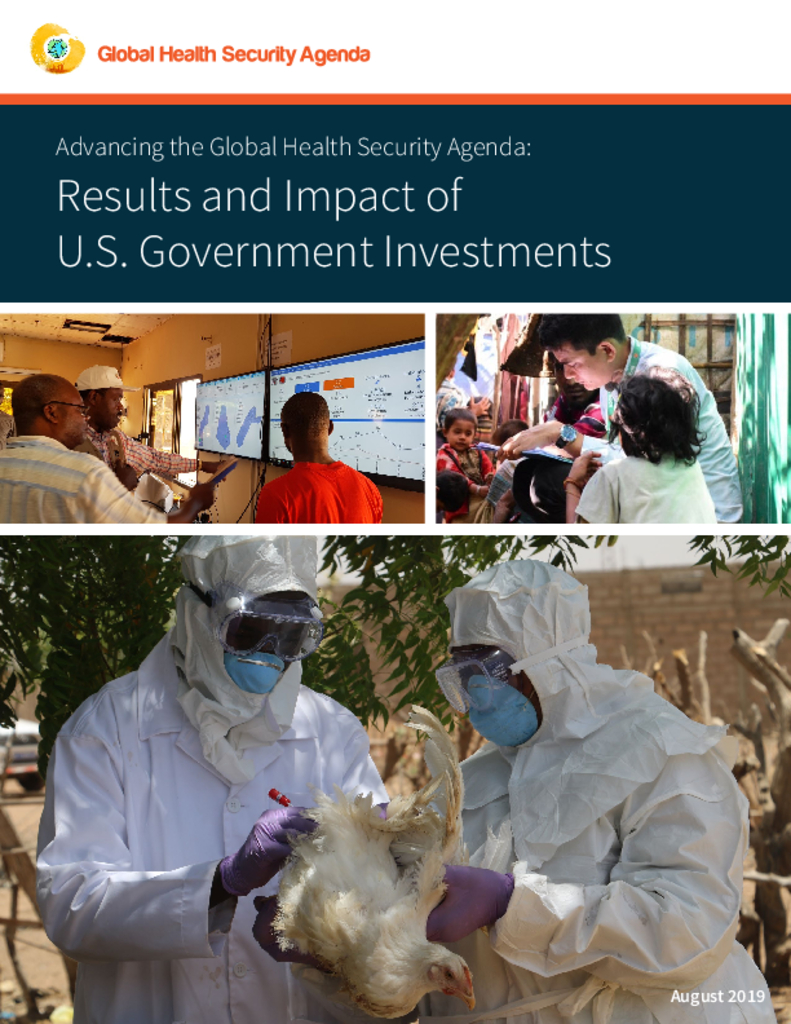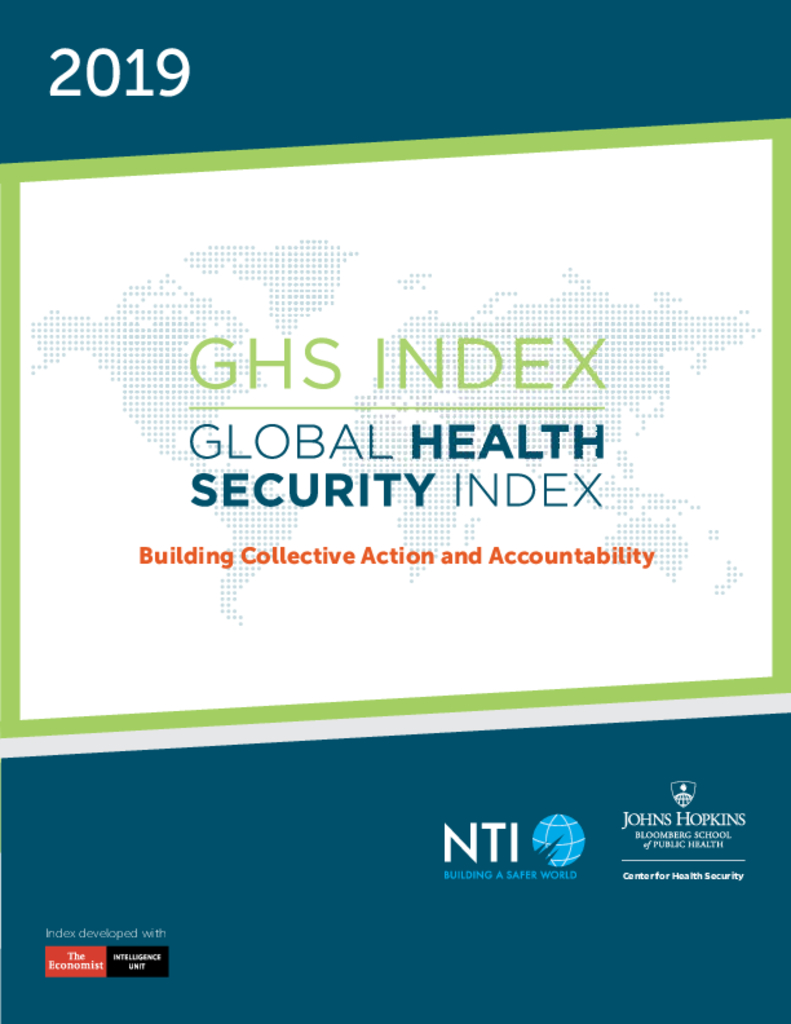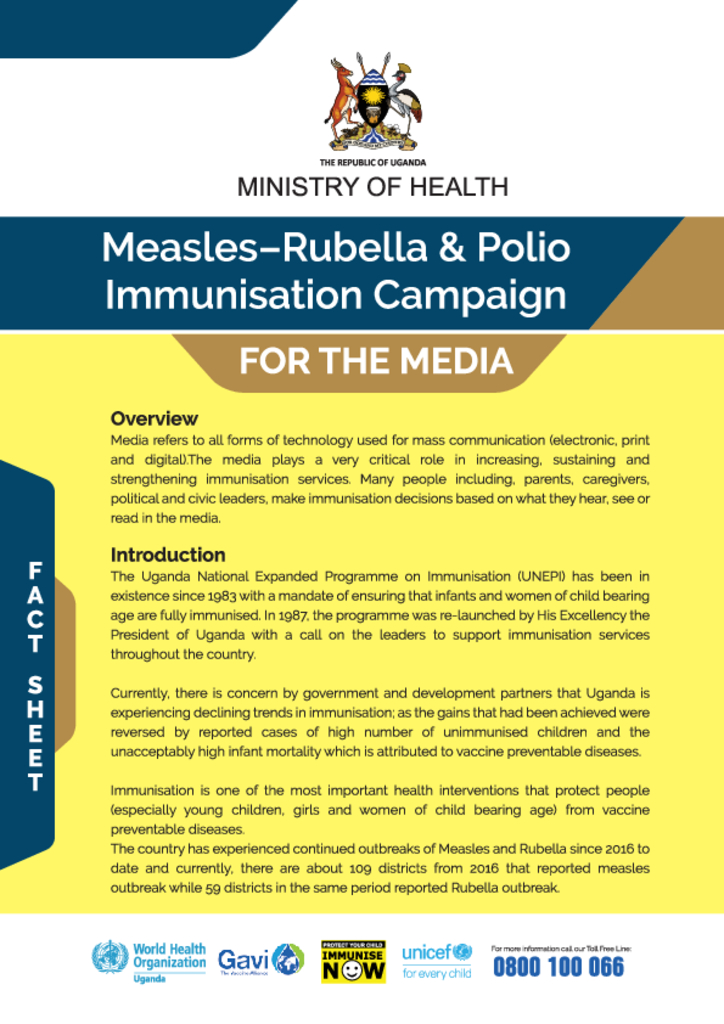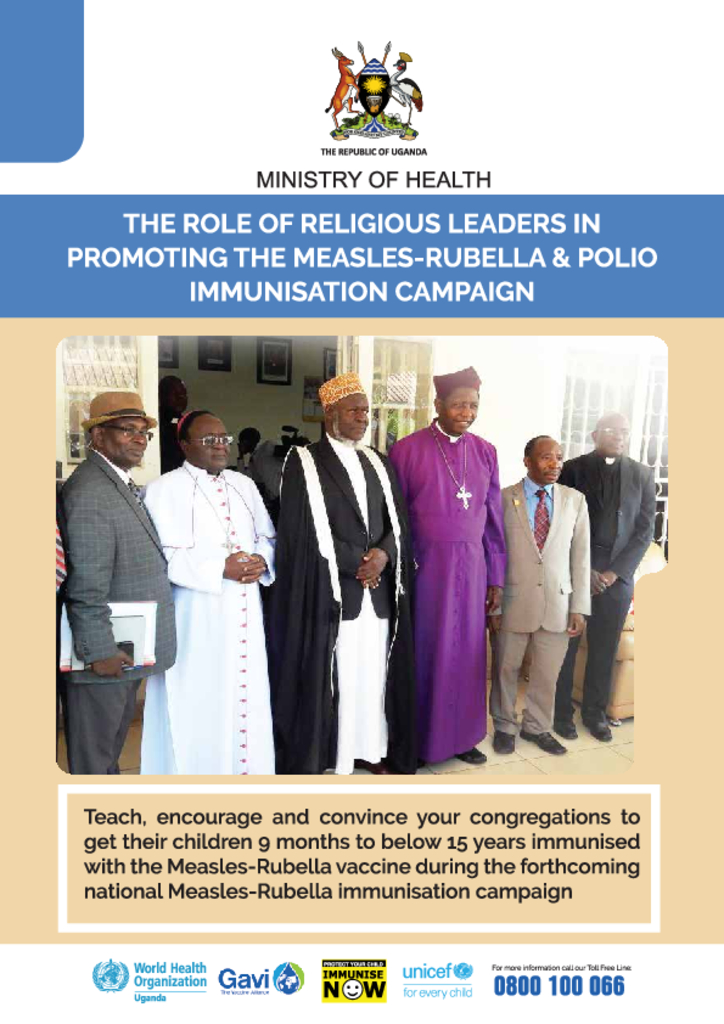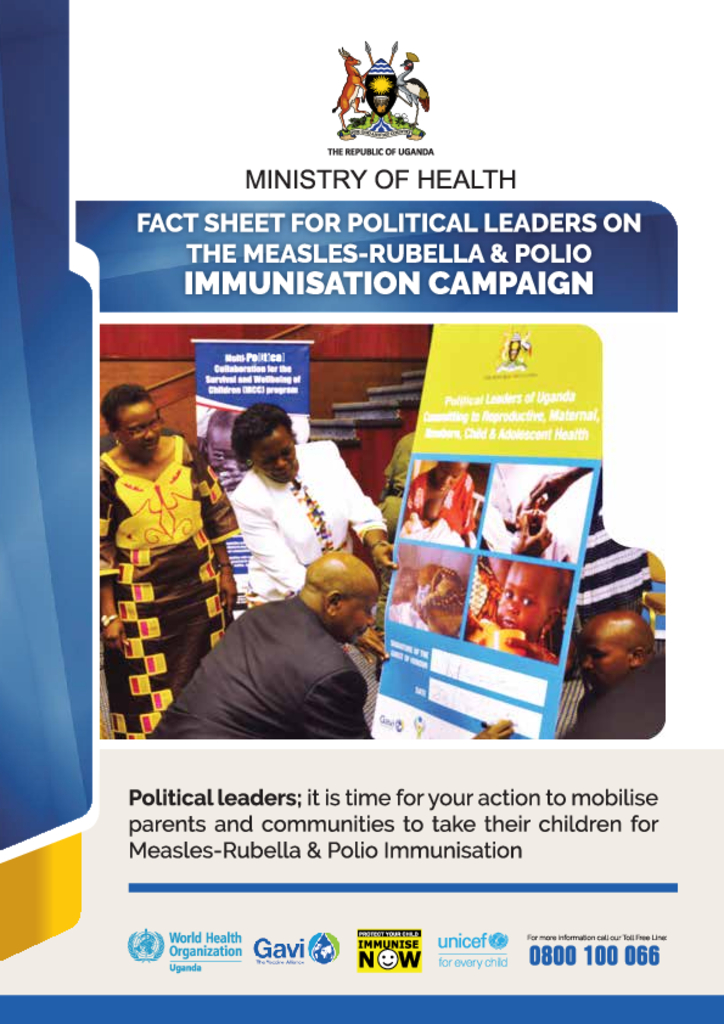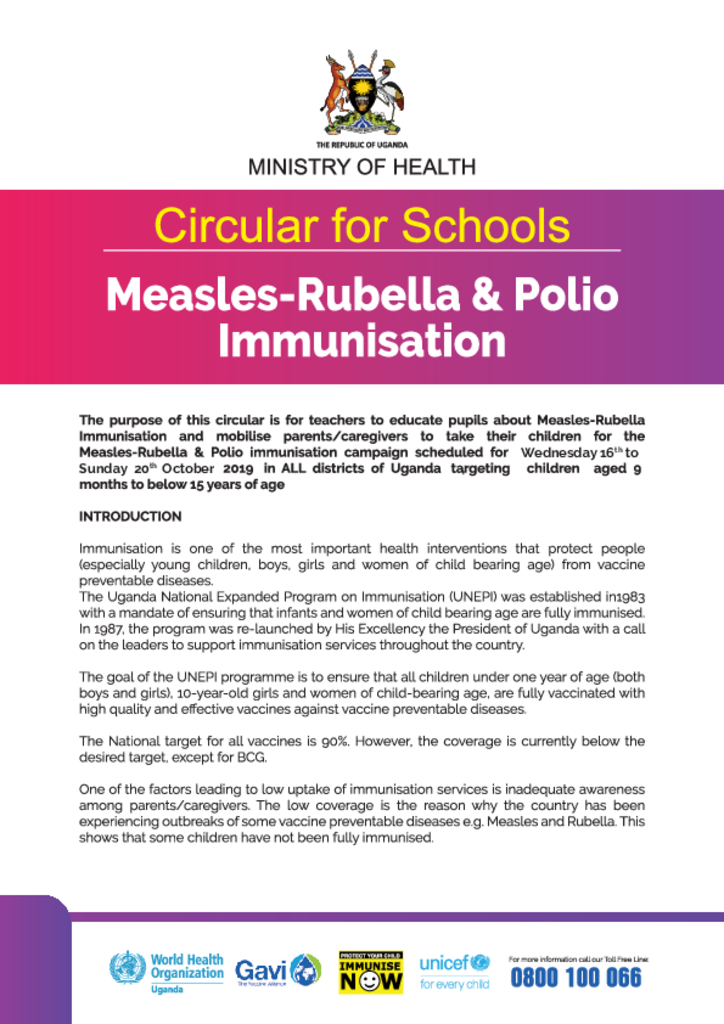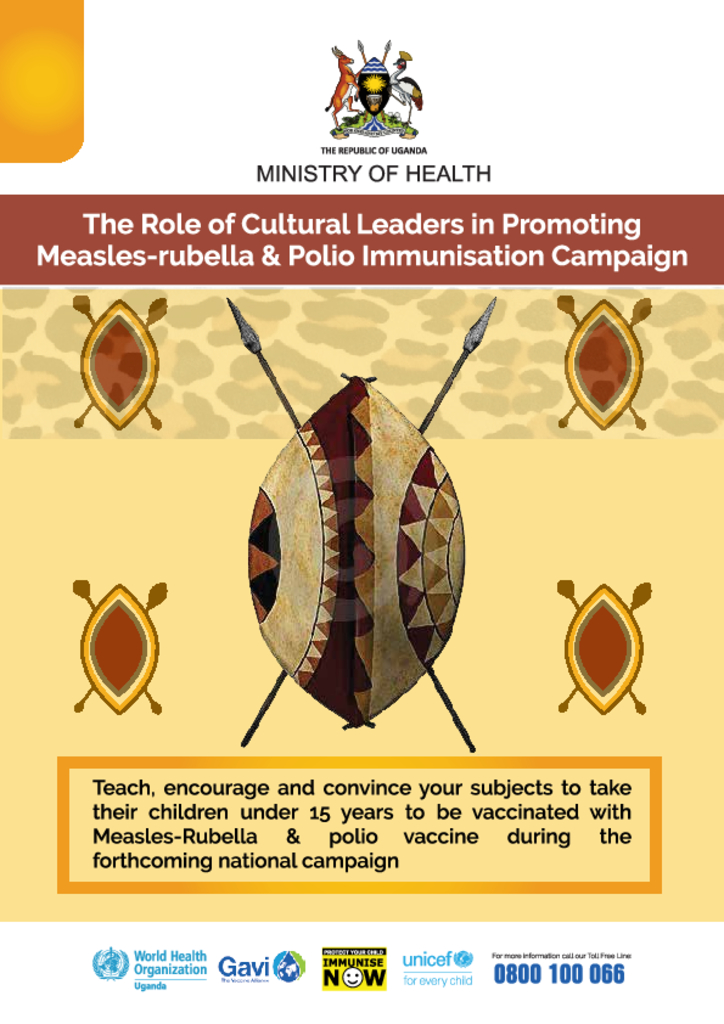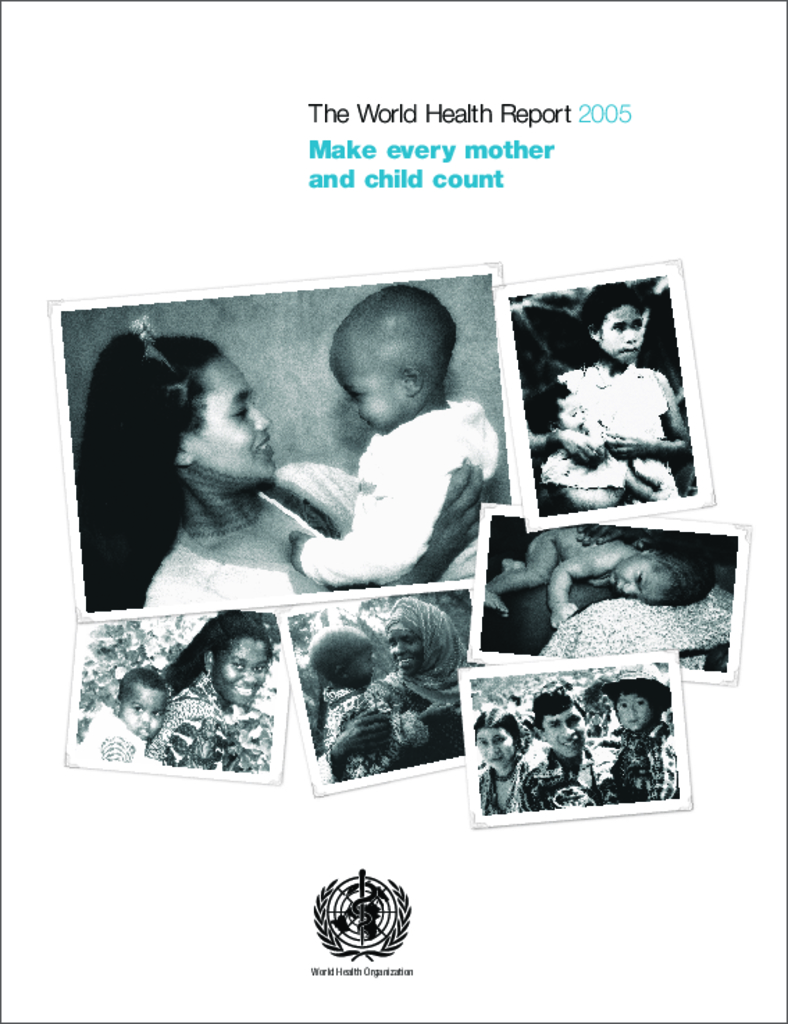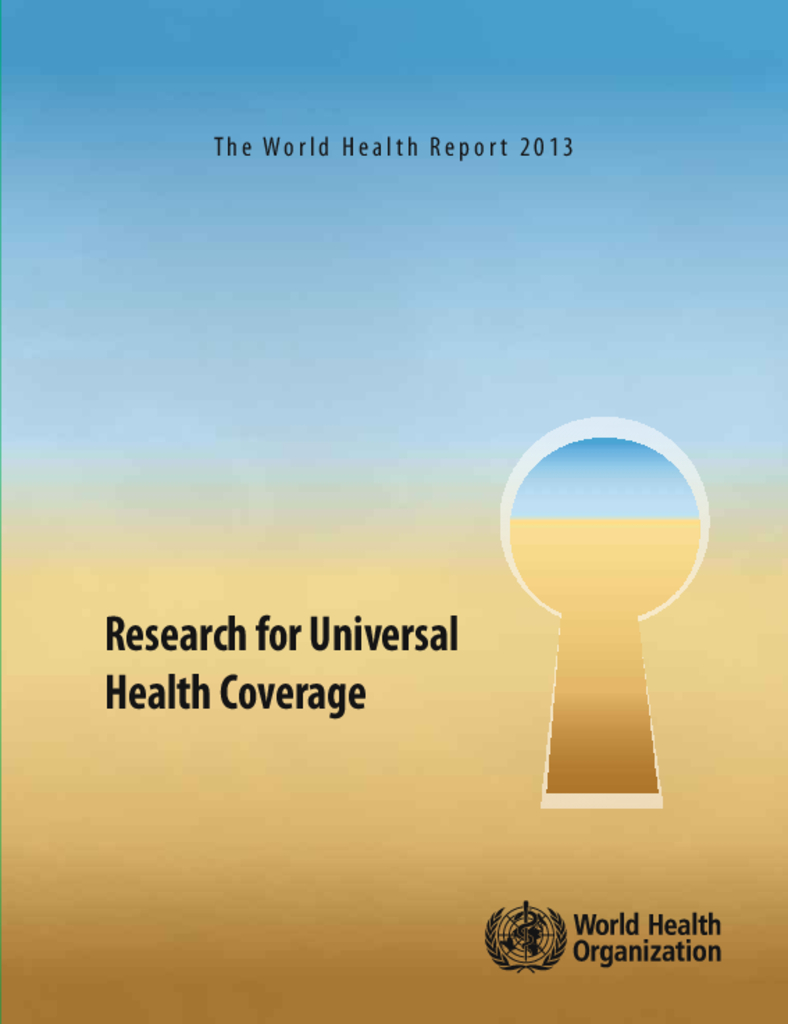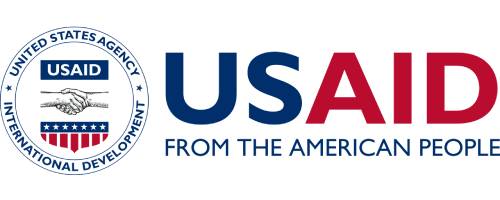The Ministry of Health recognizes that access to safe water, sanitation and hygiene (WASH) in health facilities is critical in the reduction of diseases, improved occupational health, more efficient health care services, improved staff morale and performance. The micro planning data generated will guide line ministries, local government authorities and development partners to position WASH in the health care facilities agenda within the Water and Health sectors. Additionally, it will support the development of a roadmap for achieving WASH-related sustainable development goals for health institutions.
The Sustainable Development Goals (SDG) 3 and SDG 6 reinforce the need to ensure adequate WASH services, which will result in a reduction in maternal mortality, ending preventable newborn deaths, and providing quality universal health coverage. The rationale of the WASH guidelines is to document procedures and provide a framework for strategic planning, implementation of functional and effective WASH services in healthcare facilities in Uganda. These guidelines offer a basis for creating the minimum conditions required for providing healthcare services in a healthy environment for healthcare workers, patients and visitors to the healthcare premises. They also serve as a tool for monitoring the performance of WASH in health care facilities.
This report provides a monthly update on key program indicators in the health sector. It provides an overview of; OPD attendance, admissions, top causes of mortality and morbidity, teenage pregnancy, Maternal & Perinatal deaths and public health events.Overall number of teenage pregnancies were 12% lower than those registered in March 2022.Highest number in Wakiso, Kampala, Kasese, Kamuli, Mayuge, Oyam, Tororo and Buyende Districts.
This report details the results and progress achieved through United States investments in global health security, including efforts that enhance the global capacity to respond to and contain outbreaks of high-threat diseases such as Ebola, Zika, Rift Valley fever, and pandemic influenza.
The Global Health Security (GHS) Index is the first comprehensive assessment and benchmarking of health security and related capabilities across the 195 countries that make up the States Parties to the International Health Regulations (IHR [2005]).
The media plays a critical role in increasing, sustaining and strengthening immunisation services. Many people, including parents, caregivers,political and civil leaders make immunisation decisions based on what they hear, see or read in the media.
This circular is to teach, encourage and convince congregations to get their children immunised against Measles-Rubella and Polio
This fact sheet is to help political leaders mobilise parents to take their children for Measles-Rubella and Polio immunisation.
The purpose of this circular is for teachers to educate pupils about measles-Rubella and polio immunisation and to mobilize parents / caregivers to take their children for immunisation.
This circular is aimed at providing religious leaders with basic facts about Measles-Rubella Immunisation. It's benefita ans key messages to deliver to congregations and parents so that they can take their children for immunisation during this mass immunisation campaign.
This year’s World Health Report comes at a time when only a decade is left to achieve the Millennium Development Goals (MDGs), which set internationally agreed development aspirations for the world’s population to be met by 2015. These goals have underlined the importance of improving health, and particularly the health of mothers and children, as an integral part of poverty reduction.
Universal health coverage, with full access to high-quality services for health promotion, prevention, treatment, rehabilitation, palliation and financial risk protection, cannot be achieved without evidence from research. Research has the power to address a wide range of questions about how we can reach universal coverage, providing answers to improve human health, well-being and development
